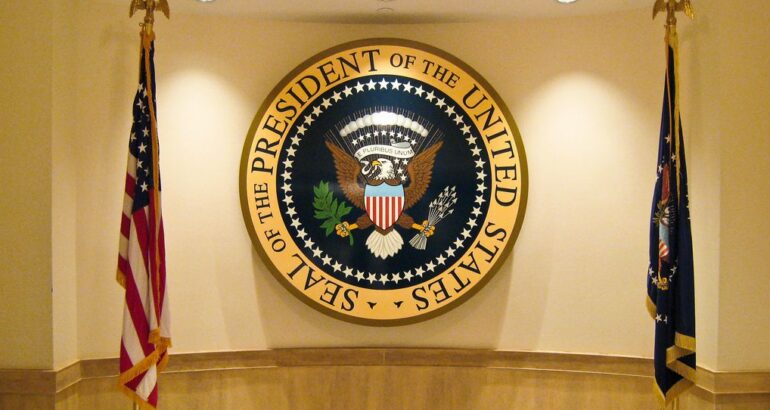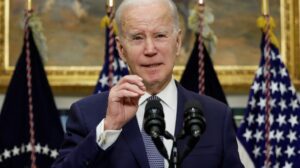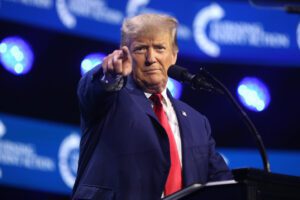
¿Cómo funcionan las elecciones estadounidenses?
2024 is an election year in the US.
If you are not from The States, (and maybe even if you are!) you may wonder how on earth US elections work. The whole process differs from that of other countries – and it’s very different from the process in Spain. Frankly, it can be bewildering, so we offer here a guide to understanding the US elections.
What is the Timeline?
| Event | Date |
| First Presidential Debate | 27 June 2024 |
| Second Presidential Debate | 10 September 2024 |
| 2024 Election Day | 5 November 2024 |
| Presidential Inauguration | January 2025 (date TBD) |
Predicting who will win the US Election is difficult
Many people are aware that there are two major political parties in the US: The Republican Party and The Democratic Party. These are not the only parties that exist in the country, but they are the two that dominate, and the president of the US has always emerged from one of them. There have been 18 Republican presidents over the centuries, and 16 Democratic presidents if we include the incumbent right now.
The first major presidential debate will be held on Thursday, June 27th.
For information on how to watch the debate at the International Institute the following day, Friday, June 28th, click here.
What are Swing States?
Swing states are states in which the majority of the votes are unpredictable. The two major parties – Republican and Democratic – have a similar level of support in the state. These states can swing either way on election day; therefore, they are of great importance. Wisconsin, Michigan, Ohio, and Arizona are often the most impactful swing states, determining the outcome of the election. The state of Ohio, which sometimes swings Republican and other times swings Democrat, has voted for the eventual winner 14 consecutive times. That’s why everyone watches Ohio closely!
The candidate who receives the most votes wins, right?
Not necessarily… it’s more complicated than that.
The Electoral College Explained
In the US there is an Electoral College, which is the group of presidential electors gathered every four years to vote for the president. This process of voting originated in 1787 and is protected under Article II, Section 1, Clause 2 of the United States Constitution. Although in recent years this process has been criticized because some claim this puts too much focus on swing states, we will explain the historical reasoning for this system below.
The total number of electoral votes in the Electoral College is 538.
This total is derived from:
- 435 House representatives
- 100 Senators
- 3 electoral votes for the District of Columbia
To be elected President of the USA, a candidate must surpass 270 electoral votes.
How are Electoral Votes Calculated?
To calculate a state’s electoral votes:
First, determine the total number of House Representatives for the state, and this depends on the state’s population. Every ten years the U.S. Census is conducted, then House Seats are allocated to the states based on the population, while the total number of House Seats is fixed at 435.
Then, add two Senate Seats per state: Every state has two Senators.
The sum of the number of House Representatives and Senators gives the total number of electoral votes for the state.
Why do it like this?
The reason for the creation of the electoral college was to create balance between the influence of the densely and sparsely populated states. By allocating votes based on the number of representatives in Congress, smaller states are ensured a level of influence in the election.
Additionally, this system was created to prevent the tyranny of the majority. When the Constitution was framed, there was concern that the majority could dominate and run roughshod over the interests of minority populations. The Electoral College creates the need for a broader consensus to elect a president. This, in turn, encourages candidates to campaign across a wider range of states and address regional concerns. It encourages coalition-building as the Electoral College system often requires candidates to win in various regions and not just in heavily populated urban areas.
Who are the Main Candidates in 2024?

Joseph Biden – Democrat and Incumbent
President Joe Biden is the Democratic nominee. He was formerly Delaware State senator from 1973 to 2009 and Vice President during Barack Obama’s Presidency (2009-2017). Biden’s campaign runs on the slogan «Let’s Finish the Job» where his key promises concern restoring and protecting abortion rights, raising corporate taxes, developing policies in reaction to climate change, ensuring orderly immigration, continuing support to Ukraine, and securing America’s global standing. He often speaks about affordable health care, strengthening small businesses, and creating greater social and economic equality.

Donald Trump – Republican and Former President
Former President Donald Trump is the Republican nominee. He was formerly a businessman running a multibillion-dollar real estate development enterprise, The Trump Corporation, and host of the reality TV show The Apprentice from 2004-2015. Trump’s campaign runs on the slogan ¨Make America Great Again» where his key promises are securing the US borders, improving public safety, peace through strength, free speech, and «dismantling the deep state». («Dismantling the deep state» refers to eliminating corruption in political office, which Trump proposes to do by imposing term limits on members of Congress, placing bans on taxpayer-funded campaigns, bans on lobbying by former members of Congress and cabinet members, and by banning members of Congress from trading stocks with insider information.) Trump often speaks about energy independence, economic growth, cutting income taxes, and lowering health care costs.

Robert F. Kennedy Jr. – Independent
Robert F. Kennedy Jr. is running as an independent. He comes from an illustrious political family, as his father was a presidential candidate in 1968 and his uncle was John F. Kennedy, President from 1961-1963. This is Robert Kennedy’s first official attempt to hold a political office. Formerly he practiced as an environmental lawyer and he authored the books The Real Anthony Fauci (2021) and A Letter to Liberals (2022). Kennedy’s campaign runs on the slogan, “Left isn’t better. Right isn’t better. Better is better.” Kennedy aims to advance environmental policies, protect the southern border with Mexico, create tax fairness, and address the needs of Native Americans.



